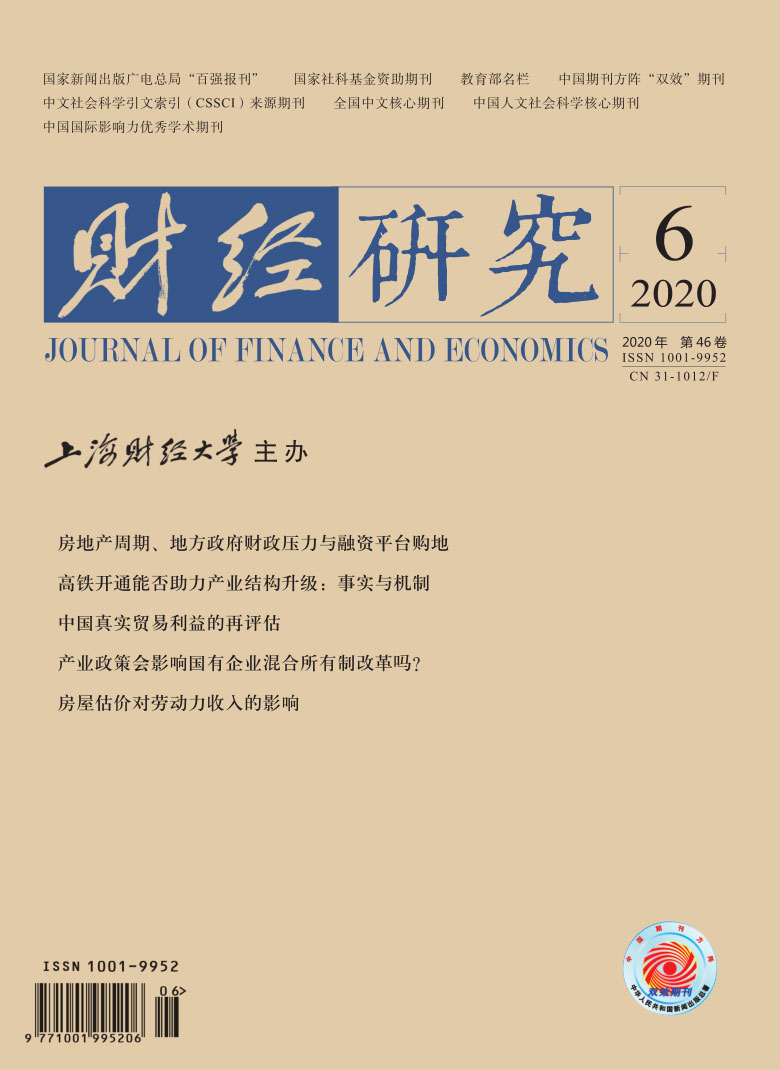The direct cause of Sino-US trade frictions lies in the fact that the US believes that China’s long-standing trade surplus has made China obtain the so-called “unequal interests”. However, China bears the environmental pollution loss caused by the production of a large number of trade products in the large volume of import and export trade.
This paper uses the real trade implicit pollution emission model to account for the industrial pollution emission implicit in import and export trade, and uses the structural decomposition model to analyze the reasons for the change of the implicit pollution emission in import and export trade from the five aspects of emission intensity, technical structure, import and export scale, import intermediate input and import and export structure, combining with the ExternE model and Logistic model to account for all kinds of implicit pollution emission in the trade. The economic loss caused by pollution and the environmental cost of pollutants are included in the trade interest system to evaluate China’s real trade interest. It comes to the following conclusions: First, in 2007-2015, in addition to the V-shaped change in the implied emissions of smoke(dust), the closer industrial production links, technical links and the decreasing intensity of pollution emissions make the other implied emissions decrease year by year. This shows that the emission reduction strategy cannot be achieved at the expense of export scale, but should focus on the intensity of pollution emission, the upgrading of trade structure and the terminal treatment of pollutants. Second, the import intermediate input for export production should be eliminated from the import credits, otherwise, the import implied emissions of 23.08%-32.70% and the import implied wastewater emissions of 23.49%-33.59% will be overestimated, which will lead to the overestimation of China’s real trade interests. Third, the loss of real welfare of the industrial sector’s export trade caused by the three industrial wastes is about 9% every year. The human health loss caused by the exhaust gas accounts for the highest proportion of the total export implied emission environmental cost, followed by the agricultural loss and waste water loss caused by the exhaust gas. Fourth, there is no direct and inevitable relationship among the contribution rate of trade, the emission of industrial pollutants and the rate of economic loss.
The marginal contributions of this paper are mainly reflected in four aspects: First, the implied environmental cost of net export is removed from the net added value of trade to examine a country’s real trade interests. Second, the research on trade implied emissions is further expanded to study the environmental costs and real trade benefits of trade implied emissions, and the research object is also changed from single carbon dioxide emissions to general pollutant emissions. Third, the structural decomposition of the cross-period changes in the emissions of the implied pollutants of value-added trade is carried out in order to find out the impact mechanism behind them. Fourth, the research cycle is 2004-2014, which can make a more objective and in-depth analysis of the implied pollution cost and real trade benefits of China’s value-added trade under different international economic and trade relations before and after the crisis.





 5339
5339  6695
6695

